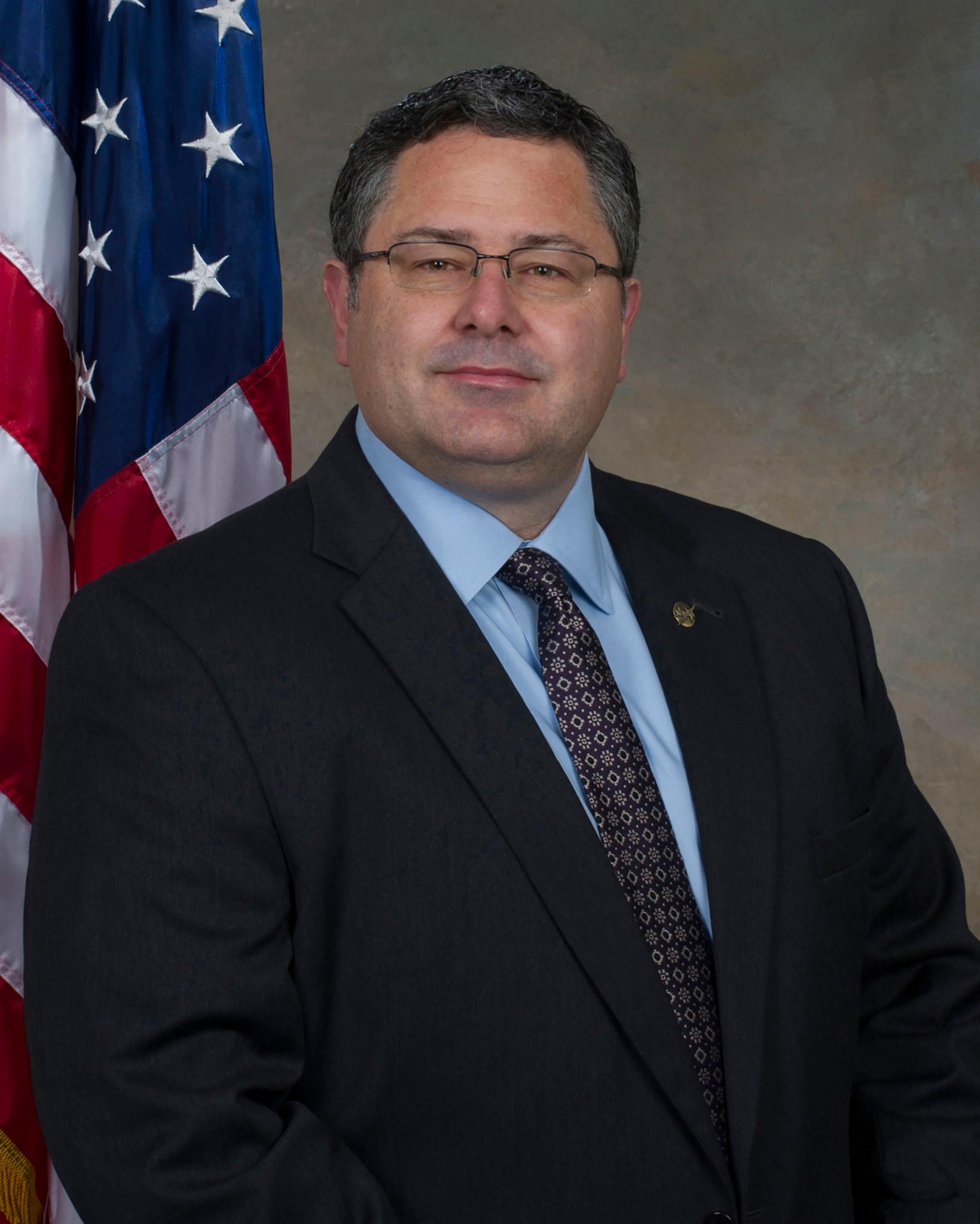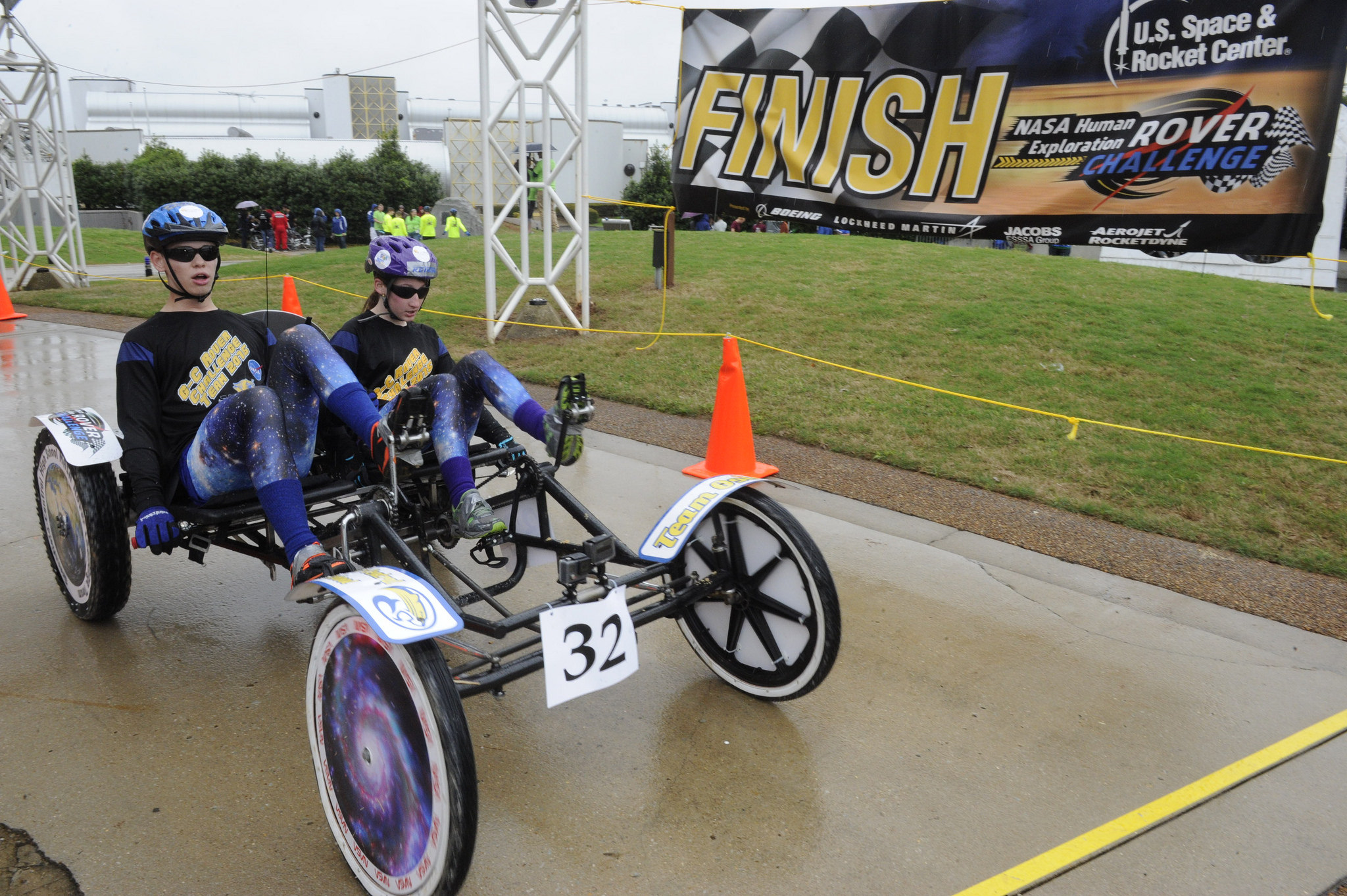In This Week’s Star
- Todd May Named Marshall Center Acting Director
- Astronaut Butch Wilmore Holds ‘Shared Experiences’ Discussion
- NASA Opens Registration for 2016 Human Exploration Rover Challenge
- You Can Change a Life: Help Marshall Reach the CFC Goal
- Marshall Team Members Invited to Collaborate, Innovate at Nov. 19 Event
- This Week in NASA History: STS-129 Launches for International Space Station — Nov. 16, 2009
Todd May Named Marshall Center Acting Director
NASA has named Todd May acting director of the Marshall Space Flight Center as the agency continues the process of looking for a permanent director.
Patrick Scheuermann, who served as the Marshall director since September 2012, retired from the agency, effective Nov. 13. His retirement caps a 27-year career with NASA that began in 1988 as a propulsion test engineer at the agency’s Stennis Space Center.
“On behalf of the entire NASA family, I want to thank Patrick for his years of leadership and engineering ingenuity that’s helped this agency advance our journey to Mars,” said NASA Administrator Charles Bolden. “Patrick leaves Marshall in good hands, and I know Todd May’s experience and expert management skills will keep the center’s critical work on track.”
May was appointed Marshall deputy director in August, and previously served as manager of the Space Launch System Program since August 2011. May led the SLS Program through a series of milestones, including engine tests and a successful, in-depth critical design review. SLS, now under development, will be the most powerful rocket ever built, able to carry astronauts in NASA’s Orion spacecraft on deep space missions, including to an asteroid and ultimately on a journey to Mars.
May’s NASA career began in 1991, working in the Materials and Processes Laboratory at Marshall. He was deputy program manager of the Russian Integration Office in the International Space Station Program at NASA’s Johnson Space Center in 1994, and worked on the team at Marshall that developed and launched the Gravity Probe B mission to test Einstein’s Theory of Relativity in 2004. That same year he assumed management of the Discovery and New Frontiers Programs, created to explore the solar system with frequent unmanned spacecraft missions.
May moved to NASA Headquarters in 2007 as a deputy associate administrator in the Science Mission Directorate. Returning to Marshall in June 2008, May was named Marshall’s associate director, Technical, a post he held until being named SLS program manager.
The SLS Program is managed at Marshall, one of NASA’s largest field installations, with almost 6,000 civil service and contractor employees, an annual budget of approximately $2.5 billion and a broad spectrum of science and technological missions.
Astronaut Butch Wilmore Holds ‘Shared Experiences’ Discussion
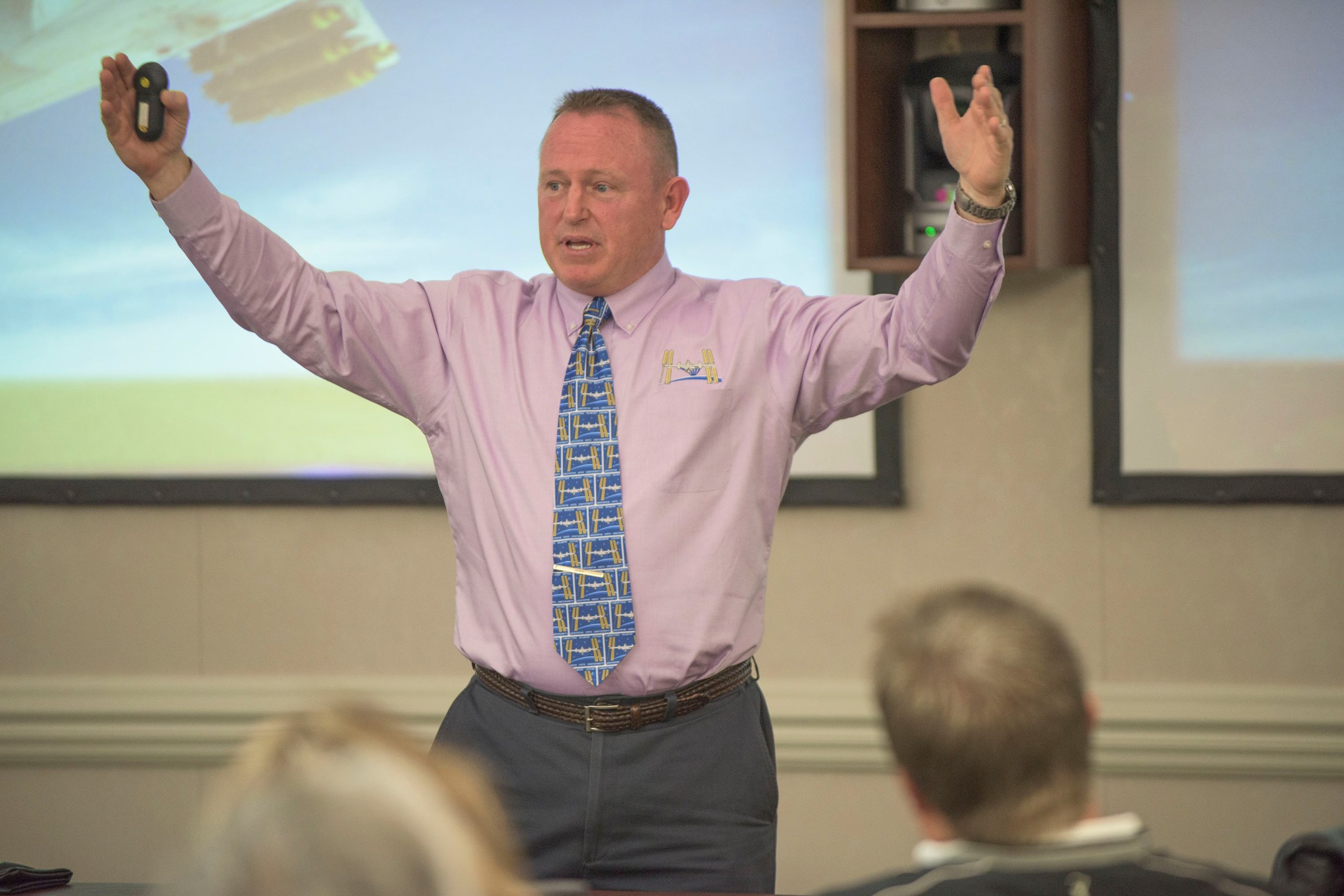
NASA astronaut Butch Wilmore speaks to NASA Marshall Space Flight Center team members during his Nov. 16 Marshall visit about his experiences living and working nearly six months on the International Space Station and serving as Expedition 42 commander. The “Shared Experiences” discussion series is a key part of the “Mission Success Is in Our Hands” initiative to strengthen team members’ commitment to mission assurance and safety. (NASA/MSFC/Fred Deaton)
NASA Opens Registration for 2016 Human Exploration Rover Challenge
By Christopher Blair
On Nov. 12, NASA opened registration for the 2016 NASA Human Exploration Rover Challenge, organized by NASA’s Marshall Space Flight Center and is set for April 7-9, 2016, at the U.S. Space & Rocket Center in Huntsville. Registration for international teams will close Jan. 11, with U.S. team registration closing Feb. 8.
Rover Challenge puts students in the driver’s seat, literally, as high school, college and university teams must design, engineer and test a human-powered rover. Once built, teams will attempt to traverse a mock obstacle course that simulates terrain found on Mars, as well as other planets, moons and asteroids throughout the solar system.
“For a second year, we have Mars-themed, student activities, maintaining alignment with NASA’s deep-space exploration goals and the journey to Mars,” said Diedra Williams, an education specialist in Marshall’s Academic Affairs Office. “For 2016, simulated Martian terrains will be included in course obstacles, as well as an optional ‘Sample Retrieval and Return’ challenge.”
During the three-day event, teams will race against the clock in an effort to finish with the fastest times, vying for prizes in competitive divisions. The event concludes with an awards ceremony where corporate sponsors will present awards for best design, rookie team and other accomplishments.
Rover Challenge provides a test-bed for potential technologies NASA can expand upon for future, deep-space exploration. Teams are asked to research, develop and apply strategies to overcome a specific challenge. For 2016, teams are required to design and fabricate their own wheels, instead of using off-the-shelf products.
This competitive design challenge also has great international appeal, as it hosts dozens of high schools and college teams from all across the world. The 2015 event had nearly 100 teams compete, with many traveling from as far away as Mexico, Germany, India and Russia.
With registration now open, teams will spend the next several months designing, building and testing their rovers before the race weekend arrives. Throughout their multi-month-long build season, students will gain many meaningful benefits, including valuable feedback from NASA employees through a series of online preliminary design reviews intended to ensure team safety and success. By doing so, students improve their awareness of many real-world skills needed in the STEM fields of science, technology, engineering and mathematics.
That difficult work, along with a chance to roll out of Huntsville as a victorious Rover Challenge champion, is a small price to pay today for a brighter tomorrow.
For more information on the 2016 Human Exploration Rover Challenge, click here.
Blair, an ASRC Federal/Analytical Services employee, supports the Office of Strategic Analysis & Communications.
You Can Change a Life: Help Marshall Reach the CFC Goal

NASA Marshall Space Flight Center team members have contributed a total of $255,240 so far during this year’s Combined Federal Campaign. With only four weeks left in the campaign, there is still time to donate and help reach Marshall’s goal of $650,000 by Dec. 15. Marshall team members can pledge online through Employee Express or request a paper pledge from your organization’s keyworker. To find your keyworker, visit the CFC community on ExplorNet by clicking here. (NASA/MSFC)
Marshall Team Members Invited to Collaborate, Innovate at Nov. 19 Event
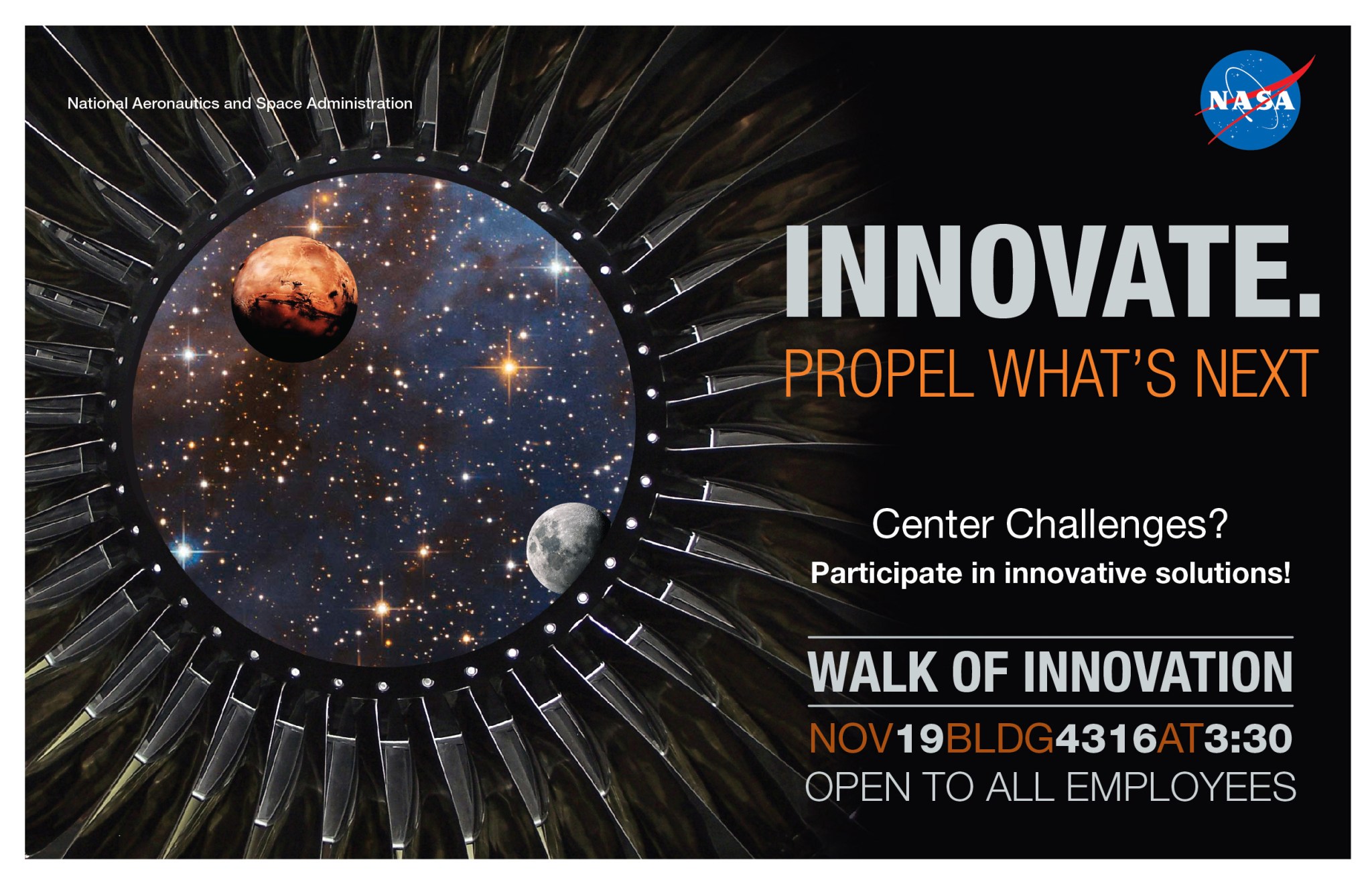
On Nov. 19, NASA Marshall Space Flight Center’s NASA FIRST team and Office of the Center Chief Technologist will host a collaborative event, Walk of Innovation, to promote innovation and center-wide problem solving. The event, which will be held in the Activities Building 4316, will begin at 3:30 p.m. and highlight several challenges faced at Marshall. All team members are invited to attend, collaborate and connect. Participants are encouraged to use #propelwhatsnext on social media to connect with team members and organizers. NASA FIRST is the agency’s leadership development program for GS 11 and 12 engineers, scientists and business professionals. (NASA/MSFC)
This Week in NASA History: STS-129 Launches for International Space Station — Nov. 16, 2009
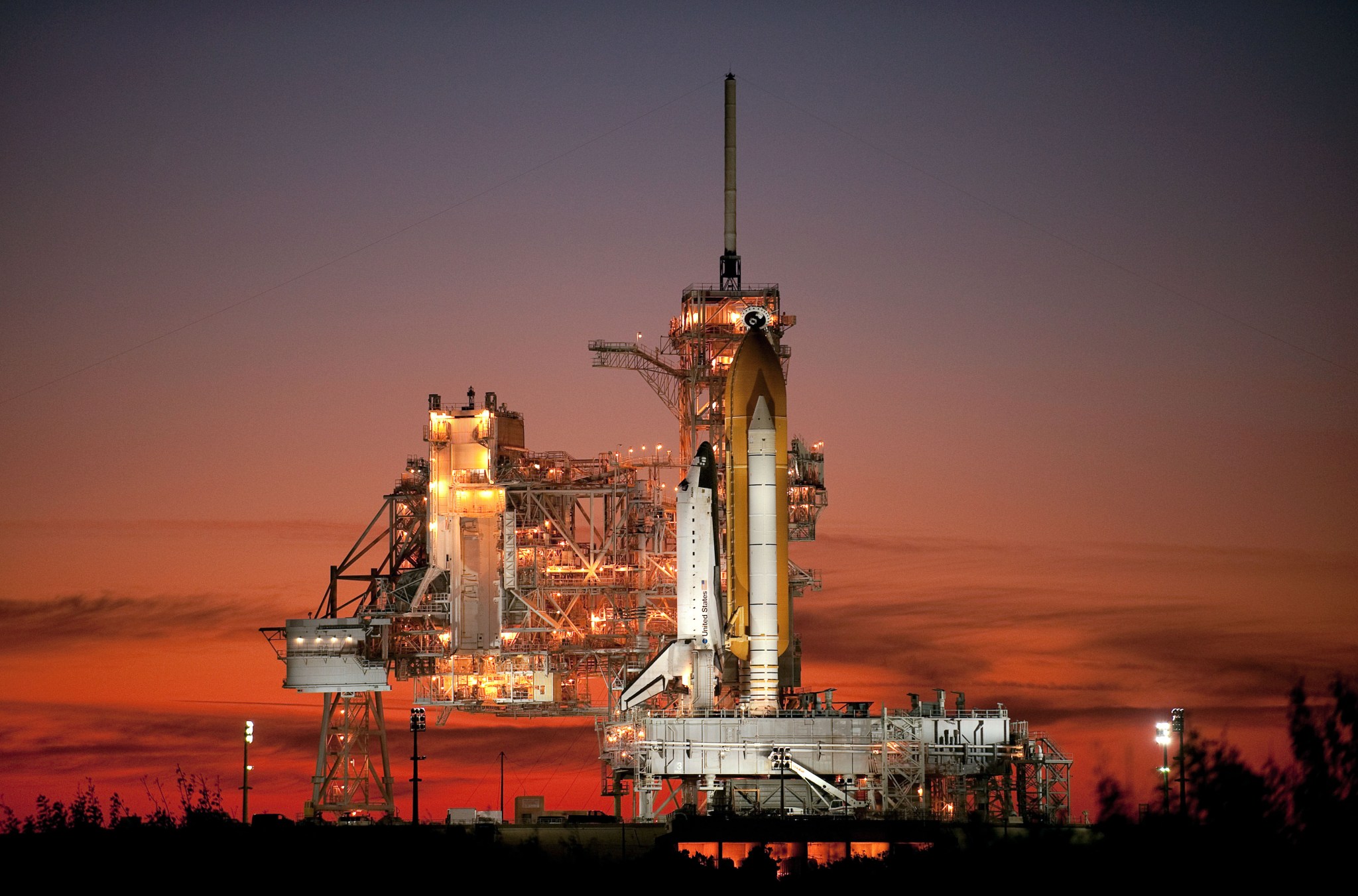
This week in 2009, space shuttle Atlantis launches from NASA’s Kennedy Space Flight Center on an 11-day mission to the International Space Station. STS-129’s primary payload was the ExPRESS Logistics Carriers ELC-1 and ELC-2. The ELCs provide mechanical mounting surfaces, electrical power and command and data handling services for science experiments conducted on the space station. The Payload Operations Integration Center at NASA’s Marshall Space Flight Center is the primary space station science command post. The payload operations team coordinates all U.S., European, Japanese and Canadian scientific and commercial experiments on the station, synchronizes payload activities of international partners, and directs communications between station crewmembers and researchers around the world with onboard experiments. The NASA History Program documents and preserves NASA’s remarkable history through a variety of products — photos, press kits, press releases, mission transcripts and administrators’ speeches. For more pictures like this one and to connect to NASA’s history, visit the History Program’s Web page. (NASA)



























